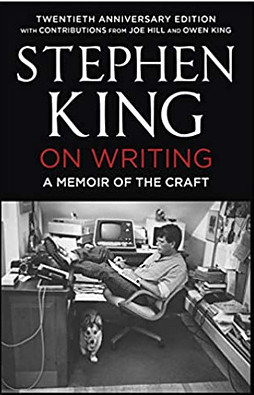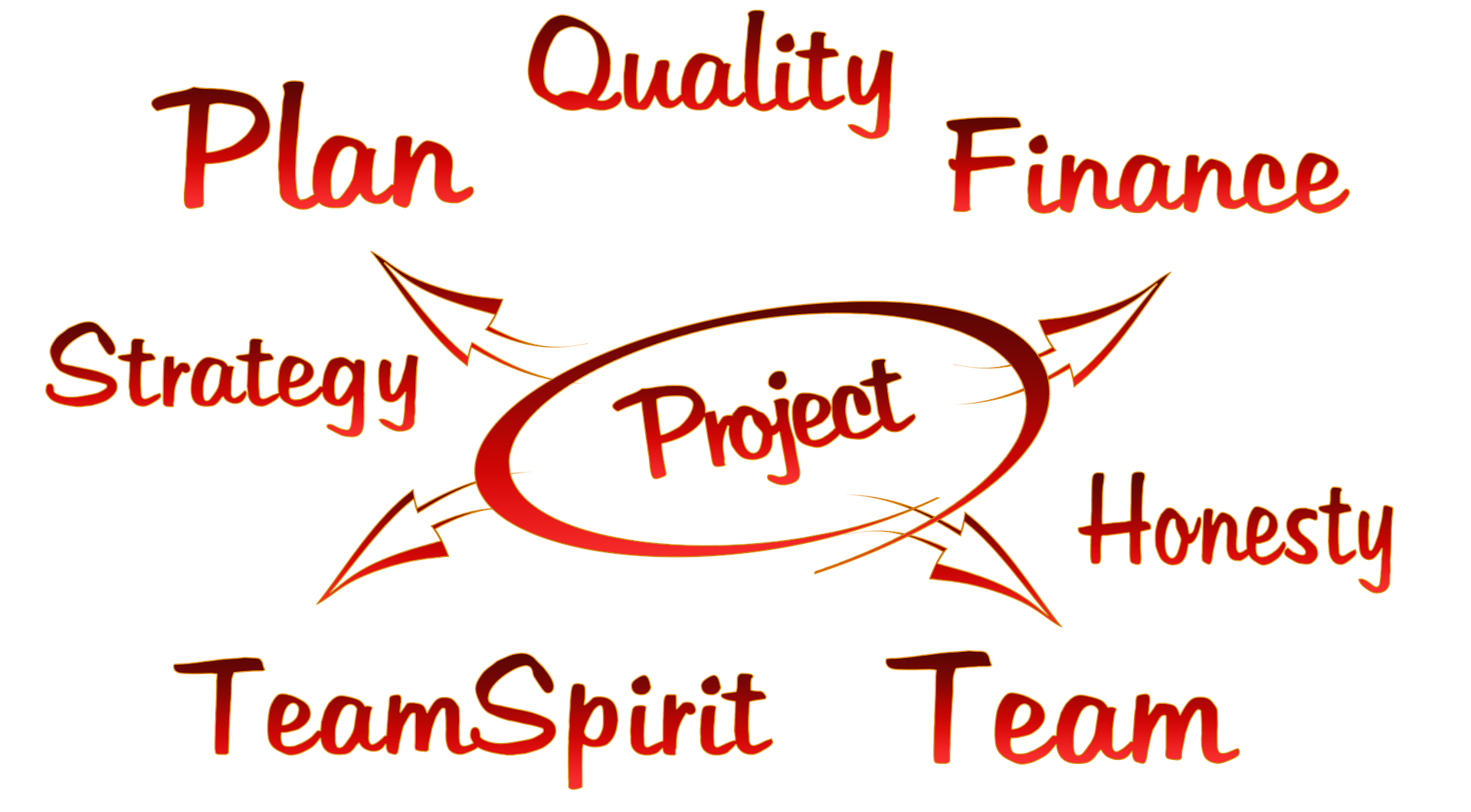Life can get crazy! We have to juggle work, relationships, projects, home, family, and so many other things all at once. It can be incredibly overwhelming. We can manage this feeling of overwhelm by some simple tools for a more peaceful life. Here is one that can help you organize, prioritize, and sort through all the things that are going on. It’s called mind mapping – a technique that has many variations, and can be very effective.
How to Mind Map to visualize your thoughts
Writing out your thoughts is always a great idea. The idea of mind mapping is to take it a step further by organizing your thoughts into layered steps. In mind maps, we see branches of thought, and you could use a pear tree, a straightforward example of a mind map. In springtime, you start with a bare tree, then add leaves, then flowers, and finally, small fruit that, with water and sunshine, develops into a full pear which you can then devour.
In mind mapping, typically, you begin with a central topic, “your bare tree.” Add in branches of ideas that are related to your central subject. You aren’t done yet, because, in mind mapping, you need to go back to each branch and add in smaller branches to the larger. These are sub-related topics.
Mind mapping is how you can take a problem or even an idea you have, such as a novel or a new home based business, and develop inventive solutions or ideas.
So – how does it work, anyway?
You can do your mind maps on paper or use specialized software. No matter what you use, it is done the same way. Start with your central idea and make it clear and concise.
As this may be your first time doing a mind map, try doing it with pencil and paper. This practice run will show you how your mind puts out ideas and how you translate it to paper.
Use a large piece of white art paper or even a nice large piece of cardboard that you can use a red marker on. As your central idea and the branches, sub-branches get added, you would likely run out of room on a legal size piece of paper. Of course, when you start using mind mapping software, that won’t be an issue.
A real life example
Let’s start with mind mapping a single project. It could be to write a 60,000-word novel, for example. By adding branches to your central vision, you can get down all the steps you need to accomplish this dream. Rather than winging it, you have the central idea, the significant actions, and the sub-steps to keep you on the right path.
Okay, now that you have your central idea, what is your first branch? Here, you decide the most critical first step. For a novel, is it your lead characters name or for a business, is it the product or service you will provide?
Draw a line from the central idea to a newly created round or square box and put your topic in there for the first branch. From there, draw in the lines and the sub-branch shapes that you need and proceed to fill them in.
Building out your branches forces your brain to come up with creative ideas and to visually ask questions like, “what if I do this, or how will I do that?” As your brain processes the answers, you decide what portion of the mind map they belong to.
Your sub-branches play a vital part as you build your mind map. When you look at a branch, you ask yourself what thoughts come to your mind. These get added as your sub-branches. Looking at the sub-branches, you begin to see if there is any relationship to other sub-branches so that you can tie them together. There is no limit on sub-branches, so in the case of writing a novel, you may have a branch with 6-8 sub-branches to cover all the things that are required for writing.
Like a tree, you add as many branches and sub-branches as you need to fully flesh out your mind map.

This method of mind mapping is quite structured. However, some people may not work, and they will need to use “free flow,” mind mapping, where they add information as it comes into their mind.
There is no single way to mind map.
As we used novel writing as an example, let’s stay with it in terms of structure and free flow to understand. Many writers need a fully outlined and plotted book idea that they follow from start to finish. Some people cannot follow that structure, and they write “by the seat of their pants and are referred to as pantsers.” Prolific author Stephen King is a pantser and does not plot his novels as some may think.
On a side note, if you are interested in actually writing a novel, may I recommend the book Stephen King On Writing, A Memoir of the Craft?
Mind map your own schedule
Using the same thought process as when writing a novel, grab the pencil and paper, and write down all the things on your schedule. Your tree trunk is this stage of your life, your main branches may be family, friends, job, self-care, recreation, volunteering, and whatever else you have going on, then start to build your sub-branches. These are the projects and tasks you have going on. Put a due date on each sub-branch. If you aren’t sure, make your best guess – that’s why we use a pencil.
From there, you can work on your priorities. Look at what is there and decide how and when to address each item. I like to think of the details as the leaves – what is the priority? What time can I work on this? Where will it take place? How long am I going to spend on the task?
If you want to go a little deeper, label the roots of the tree with your values as a reminder of what is important to you. Make sure that the branches all get their nourishment from the values in your roots.
Get creative with it!
As we said earlier, there are a number of different ways to mind map. 
 Do some research and decide which one you would like to use, there are lots of free and low cost options to use, or you can come up with your own favorite.
Do some research and decide which one you would like to use, there are lots of free and low cost options to use, or you can come up with your own favorite.
Decide how you need to approach mind mapping and create your first one today.
Whatever method you choose, be sure to take the time to think it through and set your plan in place. Once you have sorted through all the small stuff, prioritized what really mattered, and put a plan in place, you will find that your sense of overwhelm will soon disappear and life will become much more peaceful.
Find your purpose – find your joy!


Hi Sue
Life indeed can get crazy. But it has never been as crazy as it has been for the past few month during this covid-19 pandemic. There are so many things that have gone wrong. People have lost loved ones and have not been able to mourn properly for them. Others have lost jobs, economies are at the verge of collapsing. Talk about the craziest time ever.
Mind mapping is the right thing that we need at this testing times of our life. I have learnt a lot in this article. I very much love your illustration of mind mapping being like an empty tree (central subject) and you adding the branches (ideas). This can be an excellent way of training our brains especially at this trying time. It also may open up creativity in our minds.
Thank you for such an informative article. I will surely be starting my own mind mapping soon
Thank you for sharing your thoughts about the post. I think you will get a lot of good insight doing the mind maps.
I really enjoyed this article, life can become very challenging and stressful at times, I feel that mind mapping can help me to prepare for life after the pandemic, or at least pick up where I left off, visualizing my goals and plans for the future definitely will make a difference, not only achieving them but also appreciating it much more too.
Hi Jean – thank you for sharing your comments. I especially like the part that said, “not only achieving them but also appreciating it much more too.”. Appreciation of our own efforts is so important and we often overlook the hard work we put in on ourselves.
This is a really great article Sue. We used to do these back in Middle school and High school when preparing for our research papers. We called them word webs or mind webs, something along those lines. However the premise was exactly the same. It’s so interesting to see something I used to use about a decade or so ago in school being applied to every day life; and it works to!
This is such an interesting and helpful concept for those of us who have trouble making decisions and that struggle every day with what goes through our minds. At the same time, struggling with anxiety is extremely draining and just thinking about this whole concept makes me unease in some way. Do you have any suggestions on what we should focus our mind mapping during those times?
Hi Stephanie – anxiety can be overwhelming so I would suggest breaking your goals and decisions into several smaller ones. It’s easier for me to accomplish a series of small steps than to take one giant leap. Also allow yourself the time to breathe and rest in between. Give yourself the time you need, knowing all will be done at exactly the right time for you. I hope this helps.
I liked your article. It’s the case that if you set goals, you can’t approach them in black and white and just put one goal. The same right approach is for you. For example, sometimes things overlap, and sometimes you have to make ends meet.I liked that you just referred to the standard of growing a tree, which makes things much clearer
Hi Lea – thank you for your comments. I’m glad you found the information helpful. Please feel free to share your thoughts any time.